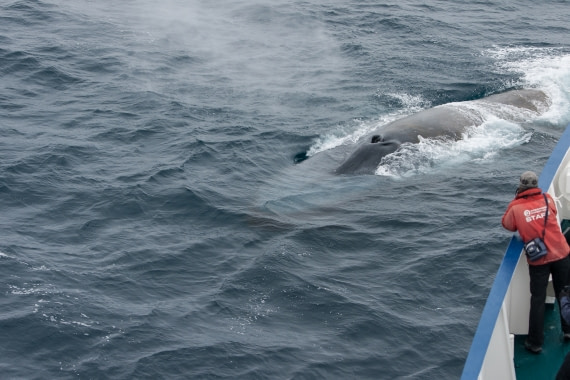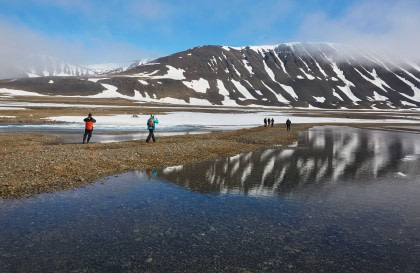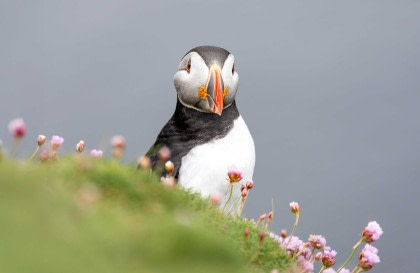Name: Blue Whale (balaenoptera musculus)
Length: 30 metres (98 feet)
Weight: 180 metric tons
Location: Worldwide, except under polar ice caps
Conservation status: Endangered
Diet: Main diet is krill, also other plankton
Appearance: Blue-grey, with lighter tones on underside
Blue whales can truly claim the title of “gentle giants.” The largest creatures known to have ever lived on Earth, their tongues can outweigh elephants, their hearts can outweigh cars.
What do they eat?
To maintain their immense size, the whales glide through clouds of krill, tiny organisms (only 1-2 centimetres long!) resembling shrimp, sucking in great bellyfuls of water, and then straining the water back out through their baleen (pleats of fingernail-like material hanging from their upper jaws), trapping the krill as the water is evacuated. A hungry big blue can eat up 3.6 metric tons of krill in a single day.
Do they socialize?
Blue whales are generally loners, rarely if ever forming pods like other kinds of whales. At most a blue whale might pair up with one other blue whale as they search for food. They may come together with more blues in areas with high concentrations of food, but they don’t form any larger groups with the others.
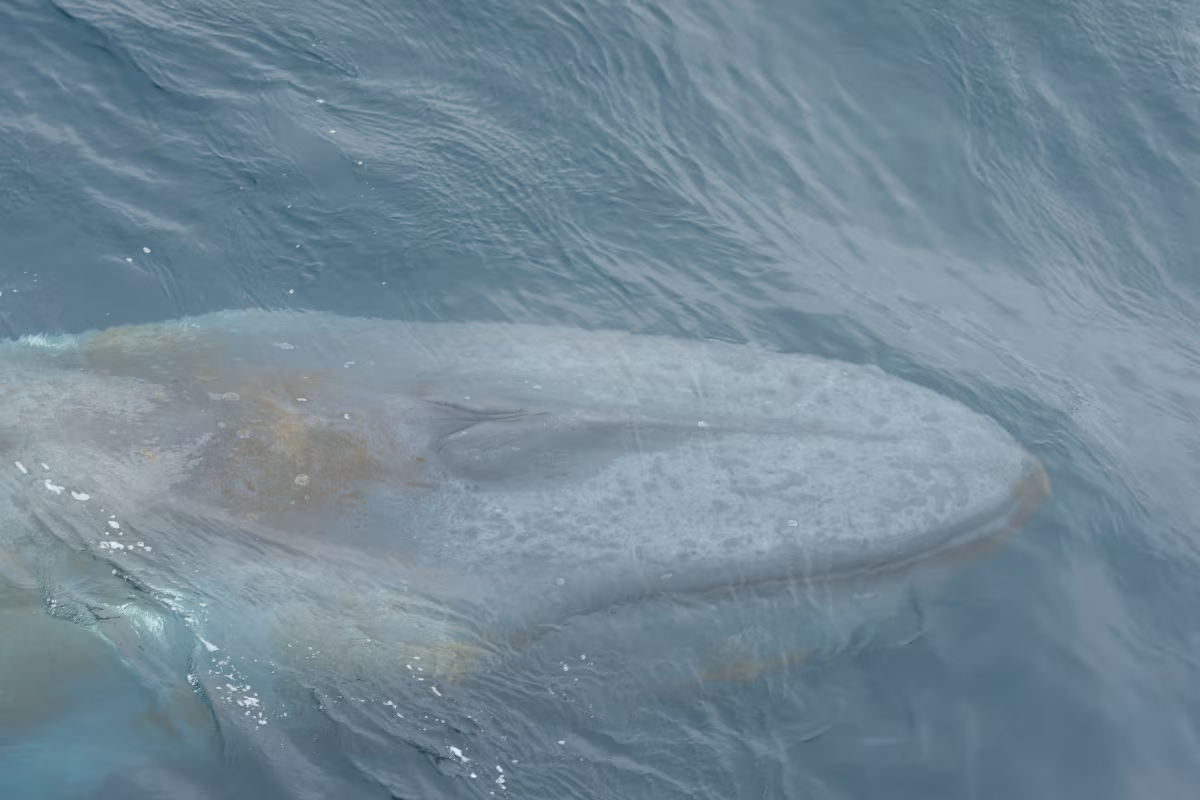
How fast can blue whales go?
Their general cruising speed has been measured at about 8km/h. When they feed they’ll slow to about half that. When alarmed or playing, they can hit the gas and speed up to about 32km/h.
Where do baby blue whales come from?
Once a blue reaches between 5 and 10 years of age, it’s ready for love. They’ve managed to keep this part of their lives fairly private and scientists don’t yet know very much about the whales’ mating rituals. Mating season usually starts in late autumn and carries on through to the end of winter. Once pregnant, the mommy-whale-to-be carries the baby inside her for close to a full year. When Junior finally pops out, he or she already weighs about 2.7 metric tons (more than an adult rhinoceros) and can be 8 metres long (the length of a super-stretch limousine). Baby will drink 380-550 litres of mom’s milk a day, weaning after about 6 months when it has doubled its length.
How long do blue whales live?
Big blues live about as long as humans, averaging between 80 and 90 years. Scientists estimate a whale’s age by counting the layers in a dead whale’s earplugs, which are made up of a waxy substance. The oldest known blue lived to be 110 years old.
How many blue whales are there today?
There doesn’t appear to be a consensus regarding the blue whale population today. Estimates from different organizations range anywhere from 1,300 to 25,000.
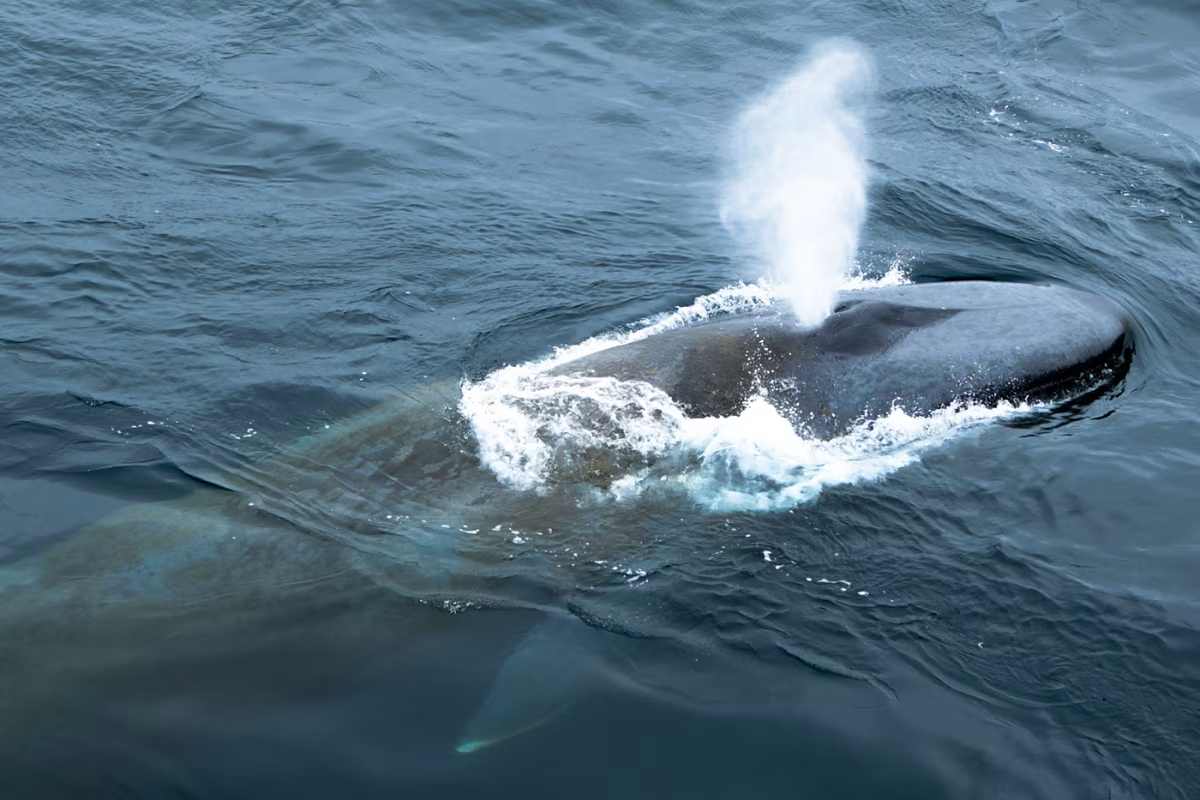
Do they have any predators?
Adult blue whales have been known to be attacked by killer whales and sharks. By far the greatest predator blues have ever known is man. While they were relatively safe in the earliest days of the whaling boom – their size and speed made them very difficult targets – the invention of the harpoon gun in 1864 led blue whale death-rate to skyrocket.
Do blue whales attack people?
Blue whales couldn’t eat a human even if they wanted to. They don’t have any teeth to chew meat up, and their throat is only about the width of your hand. That isn’t to say that they can’t do some damage. Their sheer size may cause accidental damage to boats or swimmers, and like any animal, if mom thinks their baby is being threatened, someone may be in for a giant-sized body-check.
What do blue whale songs mean?
Using very low frequency sounds a blue’s vocalizations can carry for hundreds of miles underwater. As to what the different songs actually mean, nobody is sure.

